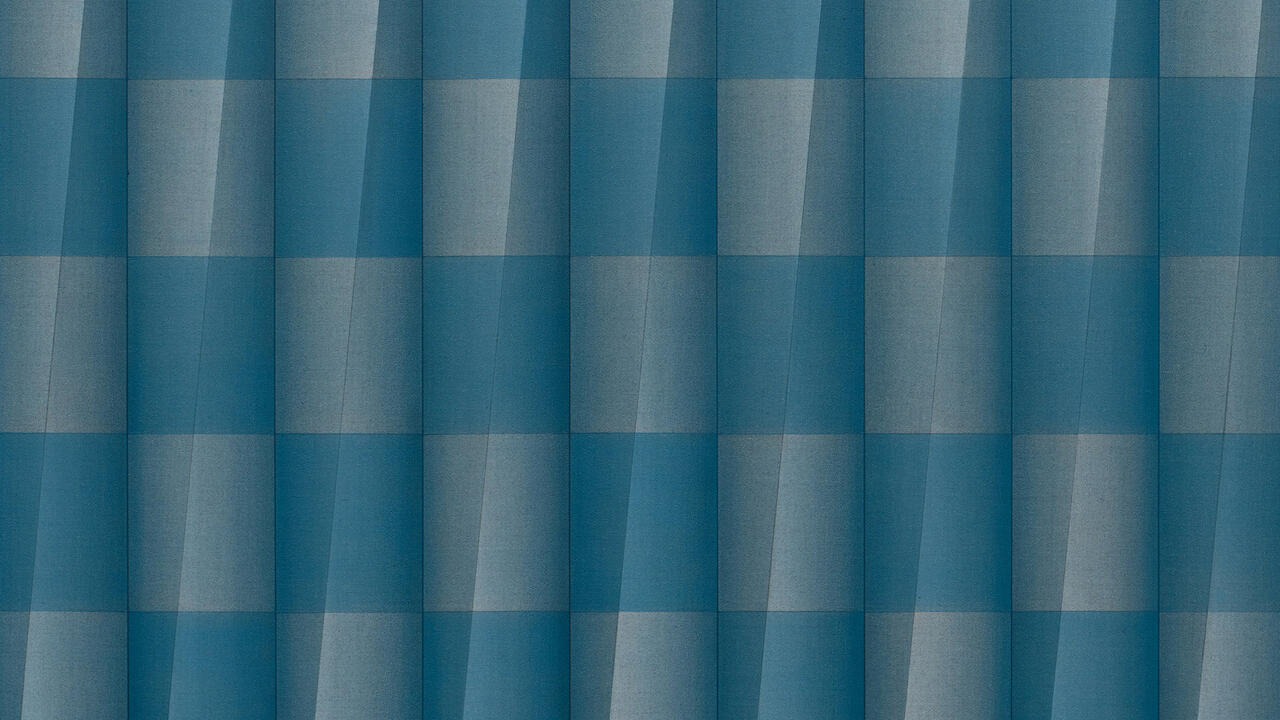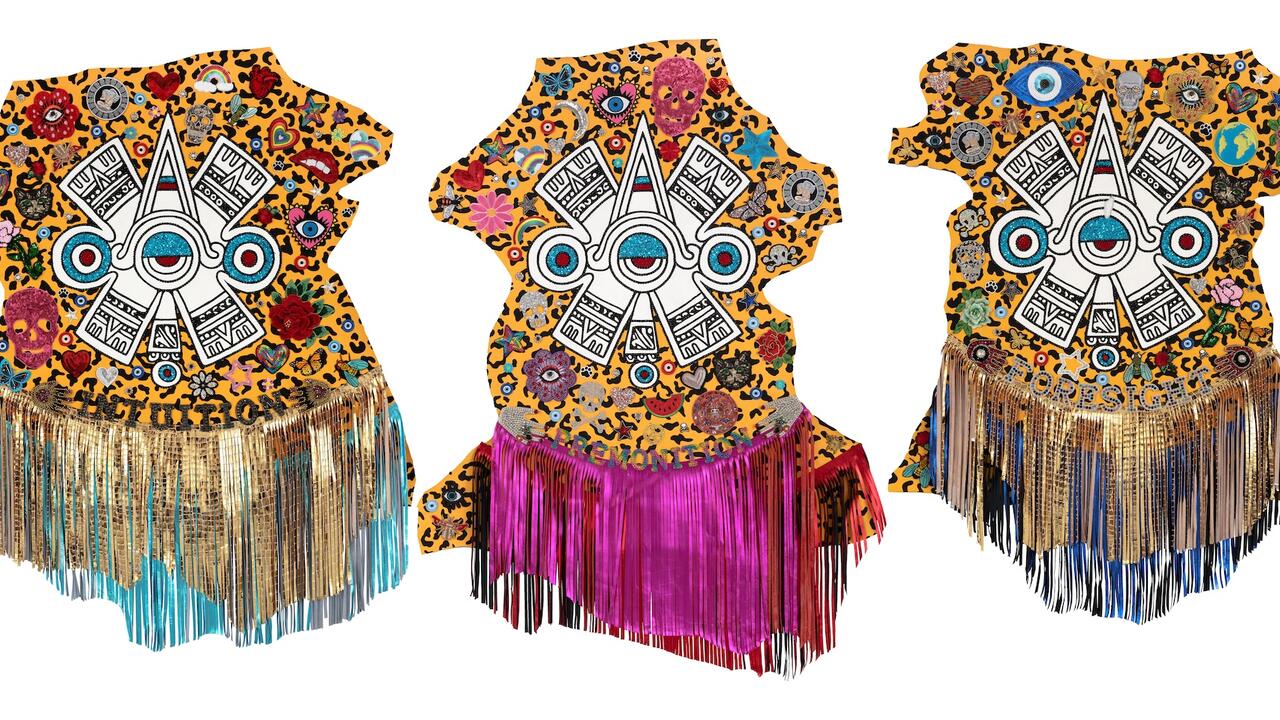James Turrell

Perhaps this is a strange observation with which to begin a discussion of the summer’s highest-profile set of exhibitions in the US, but: I have never seen museum guards more enthusiastic about an exhibition than those at James Turrell’s retrospective at the Los Angeles County Museum of Art (LACMA). At first, when a kindly attendant invited me to walk an arcing path in front of the artist’s first projection piece, Afrum (White) (1966), to experience the illusion that the sharply delineated hexagon of light thrown on the corner of the gallery was in fact a luminous cube which turned in response to my movements, I figured I’d just stumbled across another instance of disarming LA art-world hospitality. (I recalled the coronary I was nearly given by the first blue-chip gallery assistant there who greeted me with a smile and a warm hello, rather than the standard-issue stare of icy indifference.) But in room after room, I encountered cheerful staff members offering viewing advice and gamely opining on the work’s quality. Not one of them made a secret of the fact that they flat-out loved this show, despite the guidelines in the pamphlet detailing guard etiquette for the exhibition that I stumbled upon next to the Broad Bathrooms, which forbids the foisting of any such judgments on the tender public. Clearly, I thought at the time, things wouldn’t be like this at the Guggenheim in New York. I was wrong.
Affect! Apparently, it’s not dead. At the same time, any well-behaved art-world denizens who have had the pleasure of being browbeaten with brick-thick tomes of theory at some point in their lives are bound to have their hackles raised in the face of such ostentatious popular appeal. (We must be ever vigilant in our fight against the spectre of spectacle, etc.) That these hackles should be raised is appropriate, of course. There are few living artists who are as crowd-pleasing as Turrell, the most well known of the Light and Space artists of the 1960s, who has spent almost 50 years devoted to ‘manifesting the thing-ness of light’ in various phenomenologically poignant ways, which were surveyed relatively comprehensively at LACMA, and extremely cursorily at the Guggenheim, where the exhibition was almost exclusively given over to a monumental site-specific work, Aten Reign (2013). The third major show in Turrell’s tripartite retrospective was mounted at the Museum of Fine Arts in Houston, and included seven immersive installations, a group of print works, and plans for his as-yet-unfinished Roden Crater Project (1979–ongoing). However, the ways in which the LACMA and Guggenheim shows pleased their respective crowds felt diametrically opposed, revealing much about the mercurial nature of Turrell’s work.
Aten Reign, the heart of the Guggenheim show, was a massive tunnel of concentric ovoid overhangs illuminated by hundreds of hidden, languidly colour-shifting LEDs, which stretched up through the museum’s iconic rotunda, hermetically sealing off the normally airy and vertiginous space save for an aperture at the top that allowed in natural light from the skylight, effectively taking the whole space under its control. In this regard, it was perhaps the most muscular attempt to wrestle with Frank Lloyd Wright’s notoriously difficult exhibition space since Matthew Barney’s 2003 Cremaster extravaganza, and at first blush its effect was spectacular, seductive and engrossing. I felt compelled to lie down on the floor, joining the dozen-odd people lolling around, gazing upwards and tripping out. Once there, however, the initial rush of awe quickly faded into bathos, as it dawned on me that I was held in the thrall of a work that resembled nothing so much as the world’s most overblown chill-out room, which, judging from the ubiquitous, cold glow of smart-phones that punctuated it, was less in the business of dispensing good vibes than dispersing itself in image form across the wilds of the Internet.
Loitering around the periphery of this mammoth work were three rooms devoted to Turrell’s earliest pieces, created in his first studio in the former Mendota Hotel in Santa Monica, where he worked between 1966 and his eventual eviction in 1974. Just as at LACMA, one of these works was Afrum (White), which was coupled here with a substantially less beguiling wall projection, Prado (White) (1967), whose relative lack of dimensional illusion left it feeling flat in more ways than one, and a large yet underwhelming architectural intervention that calls to mind a glowing Gordon Matta-Clark, Ronin (1968), which undoubtedly played better in Mendota, where it was conceived in a substantially smaller, and seemingly more appropriate, scale, rendering it into something more redolent of a luminous portal to another world, as opposed to a bombastic slice of contemporary cathedral architecture. Supplementing these works was a collection of later aquatint prints, collectively titled First Light (1989–90), that catalogue the Mendota projection works, which were illuminated with pinpoint spotlights, making them appear to miraculously glow from within. Up the winding ramp, which was assiduously dotted with signage indicating to visitors potential wait times, was the show’s final work, one of Turrell’s early ‘Space Division Constructions’ (1976–ongoing), Iltar (1976). Like many of the works in this series, it consists of a dimly lit room punctuated by a rectangular aperture in its back wall, beyond which extends an airy, seemingly boundless space produced through the use of a piece of perceptual trickery known as a Ganzfeld effect, which has become something of a Turrell trademark. This was certainly the most compelling of the historical works on view, but seen in light of Aten Reign it nevertheless felt somewhat unnecessary, as if it were included to convince museum patrons that they got their money’s worth after they tired of the exhibition’s spectacular opening gambit. Here was the museum as theme park: Light and Space as light entertainment.
In stark contrast to this, the show at LACMA appeared thoughtful and thorough, not only in terms of the works on view, but also by dint of the museum’s reservation policy, which drastically limited the number of visitors allowed into the show at any given time. Whether for good or ill, Turrell’s works function best in a church-like atmosphere of quiet and calm, which occasionally allows their immediately gratifying perceptual magic to flower into something approaching a meditative experience. This highly subjective qualitative shift in the phenomenological texture of his work is crucial, as it is both the crux of its intention and the point at which it most drastically diverges from the work of his peer group. Turrell’s work was given its mature form through his collaboration with Light and Space elder statesman Robert Irwin and psychologist and NASA subcontractor Ed Wortz, with whom he explored a wide range of voguish methods of perceptual alteration – sensory deprivation, the Ganzfeld effect, biofeedback and so on – under the auspices of LACMA’s storied ‘Art and Technology’ programme. But the true roots of his practice lie in his spiritual upbringing as a Quaker, rather than in the more strictly phenomenological concerns that grounded many of his Light and Space cohort. A key facet of Quakerism, in this regard, is the faith’s notion of the ‘light inside’, the lambent kernel of transcendence that is said to have a seat in each of our souls, whose presence in Quaker theology gives the faith both its non-hierarchical bent and its Gnostic flavour, as each person is thought to have equal purchase on the direct experience of the spiritual.
Whether a taste of this kind of lofty metaphysical experience was given to the visitors of LACMA’s exhibition, or to its guards, or to me, is of course questionable. However, it was certainly on offer there in whatever limited way that Turrell can provide it, which is more than could have been said of the teeming circus at the Guggenheim. Perhaps one could find it at LACMA in the epic, otherworldly Ganzfeld installation Breathing Light (2013), a highlight of the show that resembles the cockpit of a futuristic, light-powered ship designed for the exploration of inner space, or in quieter works like Raemar Pink White (1969), which appears to be a monolithic rectangular wall floating unmoored in a halo of soothing pink light. I might have even caught a glimmer of it in the dim and spacious room that housed his ‘Space Division Construction’ St. Elmo’s Breath (1992). Staring out into the soft infinity of maroon light extending beyond the room’s rectangular aperture, I felt for a moment swaddled in it, overcome. The division between myself and the light, the tangible and the intangible, absolute nothingness and absolute presence, flickered and broke down. I found myself smiling beatifically. Affect! Apparently, it’s not dead.
















